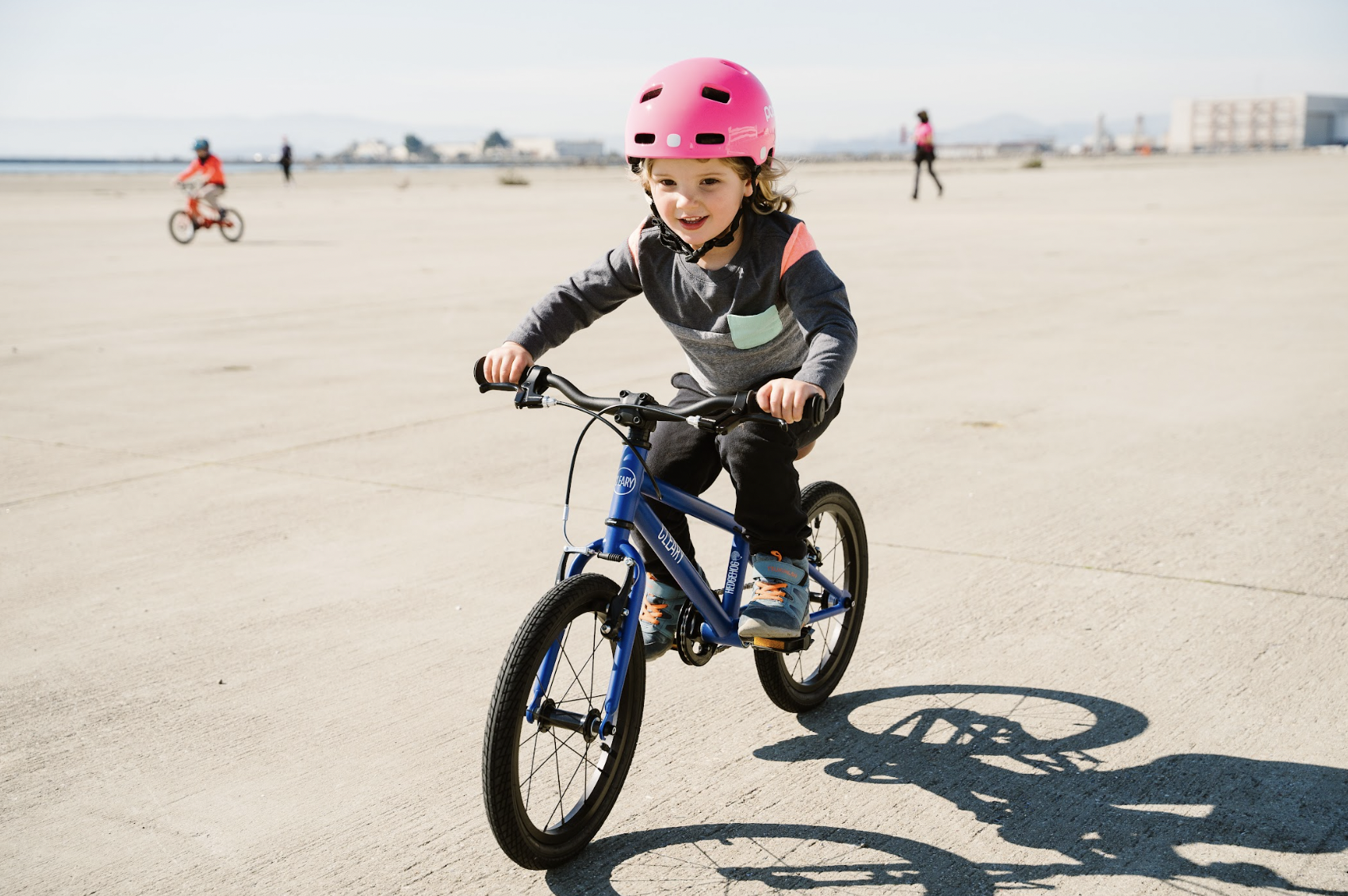
1-2-3: How to perform a quick safety check on your child’s bike
Kids’ bikes are subject to wear and tear, which is why maintaining them is essential for their longevity and safety. As a parent, you can
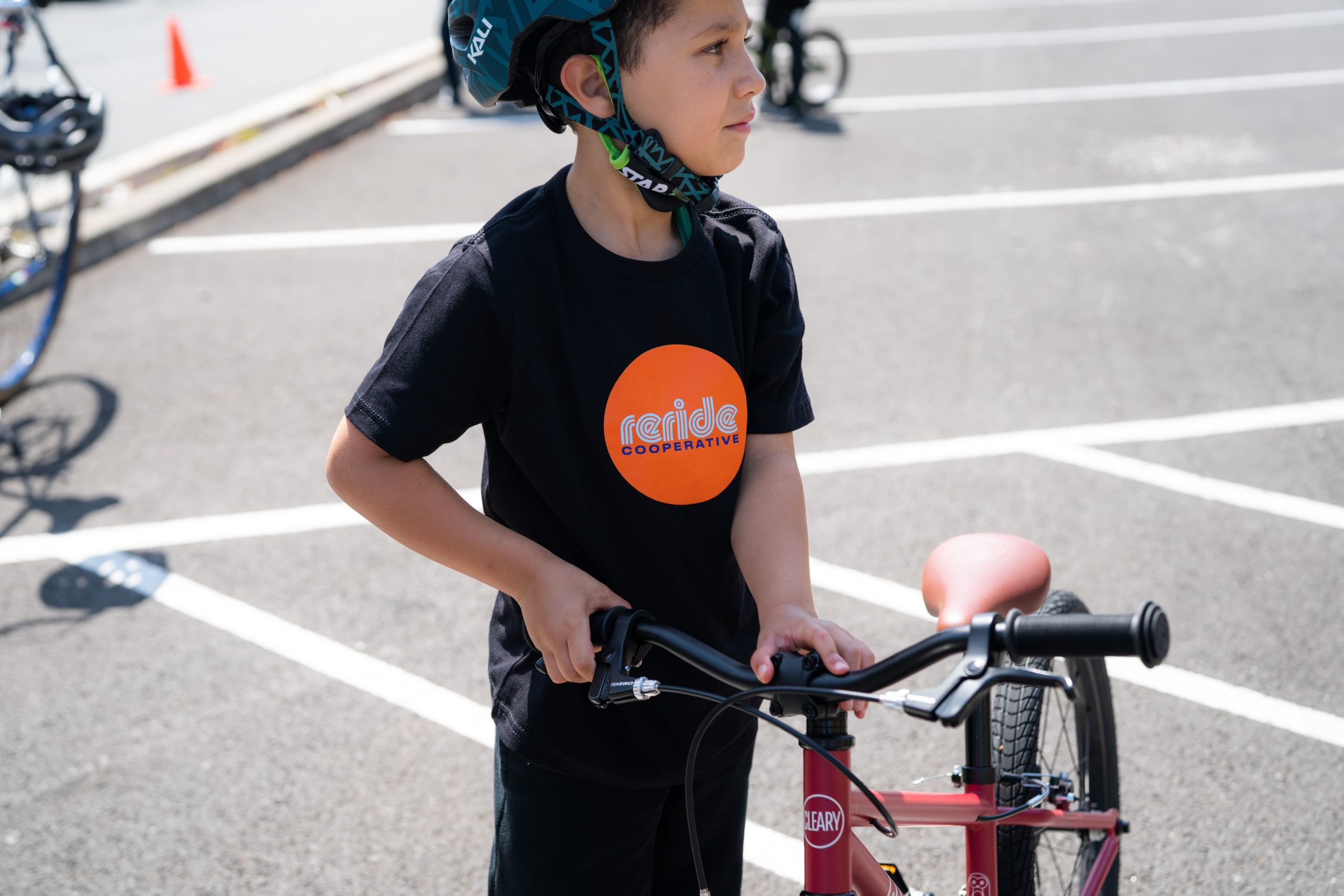
Before your little one learns to pedal a bike, a critical prerequisite is knowing how to stop. If their first introduction to the world of two wheels was by way of a balance bike, it’s especially important to consider the ways you can slowly help them learn how to brake in a safe and intentional way. Ultimately, as your little one grows and graduates to a big kid bike, brakes are a bike safety essential, but which type of brakes should you choose?
Adult bikes usually come with hand brakes, but coaster brakes are a popular alternative for smaller bikes. So which is better for kids, coaster or hand brakes? We’ll discuss the pros and cons of kids’ coaster brakes vs. hand brakes so you can get your kid the bike that’s perfect for them.
Coaster brakes are the most common type of brakes for kids’ bikes. In the US, they are also legally required.
These laws only apply to US manufacturers, so parents can choose to modify bikes and teach their children to use different brakes.
Despite the law, children are, of course, capable of using handbrakes. Handbrakes are common on kids’ bikes throughout Europe, and European children learn on these bikes. However, in the US, bikes for younger kids usually feature coaster brakes.
Coaster brakes, also known as pedal or foot brakes, allow kids to stop their bikes by pedaling backward. Pedal brakes are different than regular freewheel adult bikes or larger kids bikes which enable cyclists to backpedal freely.
Hand brakes or lever brakes are brake levers found on both the right and left handlebars. They generally control calipers found on both the front and rear wheels. On larger bikes, such as a 24-inch bike or 26-inch bike, adult bikes, and high-end kids mountain bikes like the Meerkats and Scouts, the hand levers may control disc rotors instead of calipers.
Age is just a number, but we find kids are typically tall enough to ride a 24 or 26-inch bike when they are around seven years or older. That means they are likely to fit bikes that come with handbrakes and will need to learn to use them around this age.
Some children’s bikes are now available with a hybrid, featuring both styles of brakes. Hybrid brakes may be a good option for children transitioning to hand brakes or when you aren’t sure which method your little one will prefer.
Because adult bikes use hand brakes, kids and teens will inevitably have to learn to ride a bicycle with handbrakes. Giving kids the chance to practice and learn on a hybrid bike will help develop these skills at an earlier age.
As mentioned above, the current law requires bike manufacturers to use coaster brakes on smaller bikes. . However, there’s no law to stop parents from adjusting brakes if they prefer their children to learn with hand brakes.
All Cleary’s come with hand brakes. If you have a kids’ bike with coaster brakes that you’d like to modify, a local bike shop can help you install brakes and swap out the rear cog if you want to. If you want to DIY this change, make sure you’re getting a bike with holes to mount brakes above the wheel centered on the fork and frame. Most bikes will have these. If you take the do-it-yourself route, you need to be absolutely confident that the brakes are correctly installed and in perfect working condition for your child’s safety.
If you decide to modify your child’s bike and add hand brakes and no coaster, be sure to use top-notch levers that are suitably sized for children. Your kid needs to be able to reach and pull the levers comfortably.
You should also be aware that teaching younger kids to use lever brakes will require time and patience. Supervise the learning process closely to avoid accidents and teach children how to brake safely and smoothly. Remember that young riders learn at their own pace. Some kids may quickly adapt to hand brakes while others may need more time.
It is a common belief that young children lack the necessary coordination needed to use hand brakes. However, this will differ from child to child. Every child learns and develops at a different rate, and in some cases, children as young as three can learn to use child-sized hand brakes.
Younger children will usually fit bikes that automatically come standard with coasters unless you modify them. Cleary’s smallest kids’ bikes come standard with coaster brakes, but freewheel kits are available at no extra cost.
When your child is ready to learn how to use hand brakes, you can trust that Cleary Bikes use high-quality brakes. For example, our Tektro junior v-brakes have little brake levers for little fingers. These come standard on the Gecko 12-inch bike, Hedgehog 16-inch bike, and the Owl 1 or 3 Speed bike models.
Ultimately, the age and height of your kid will determine the bike size that is best suited to them. The bike size will dictate whether you teach kids to use coasters, make a modification, or learn to use handbrakes. You can use our kid’s bike sizing guide to determine the perfect fit.

Kids’ bikes are subject to wear and tear, which is why maintaining them is essential for their longevity and safety. As a parent, you can
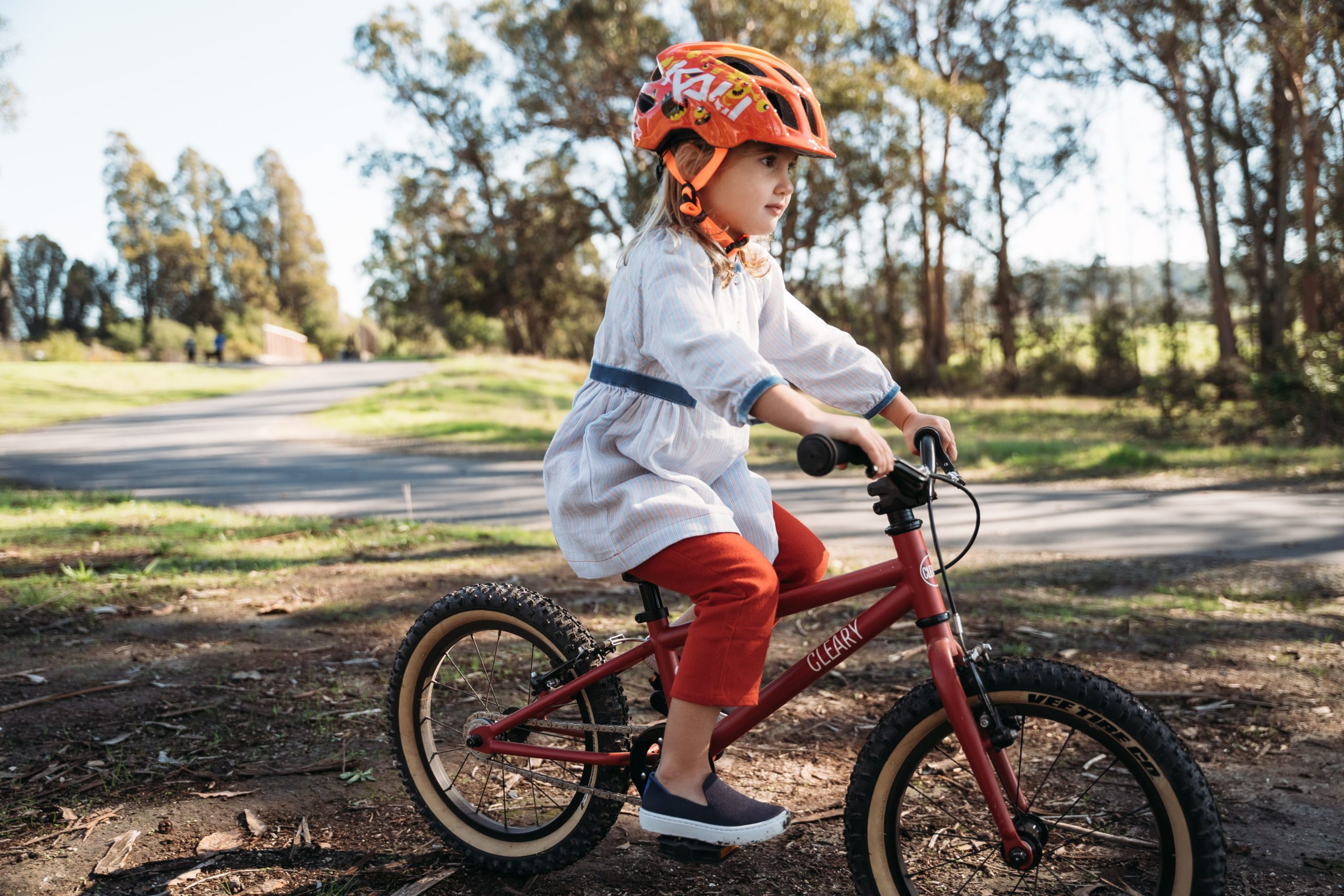
Bikes are a key ingredient in epic childhood adventures. So, choosing a new bike for your kid is a big decision! There are a lot
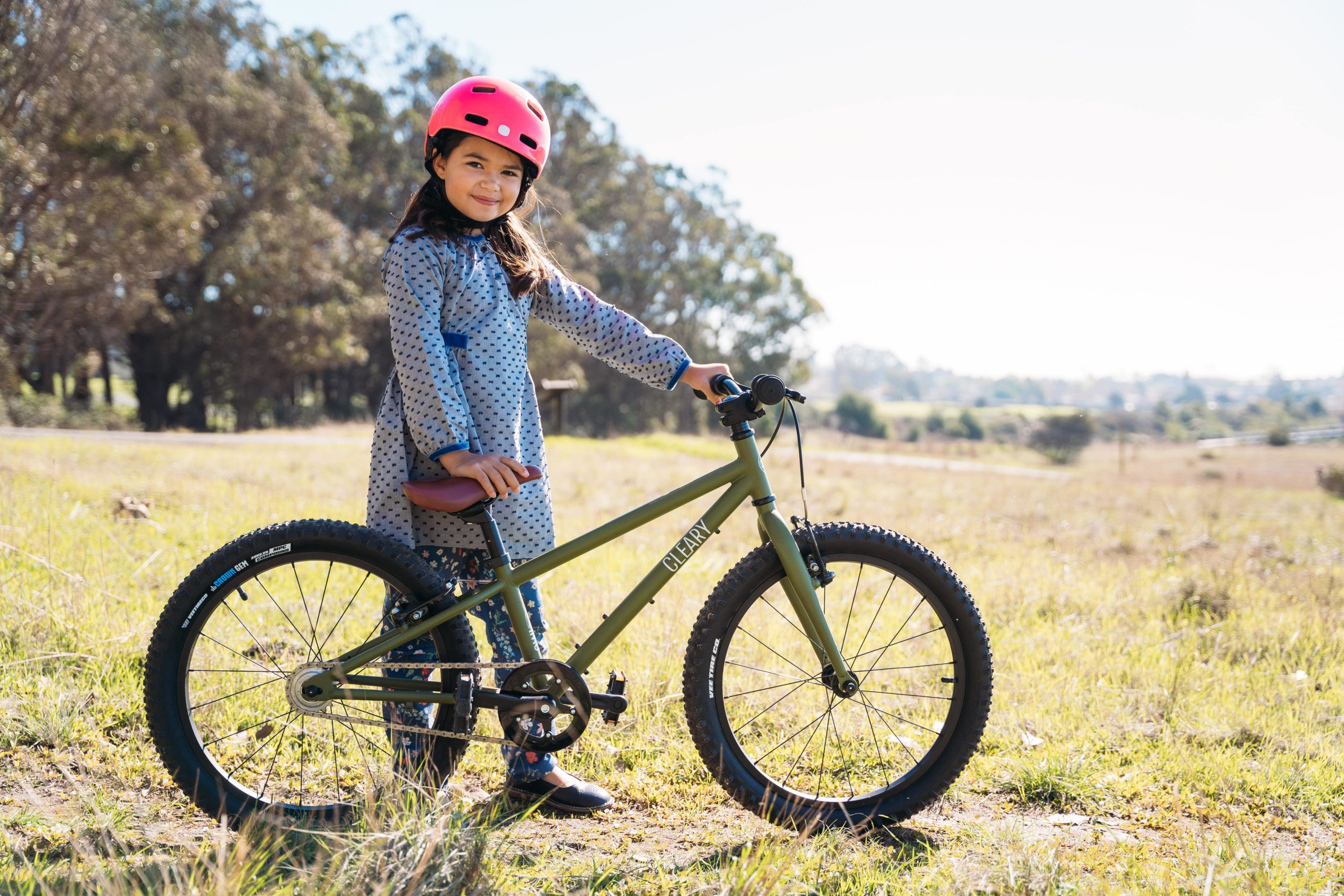
So, your child has been asking for a kids mountain bike? Knowing that they always want the newest toy (novelty is kind of their thing),
Sign up to get tips, tricks, and news for all things kids + cycling.

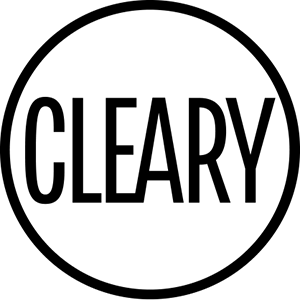
Enter your email and password
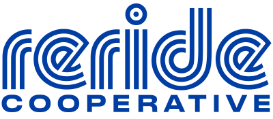
Thank you for your interest in ReRide. ✋🏼 We’ve reached our capacity for this year. Please check back early 2024.
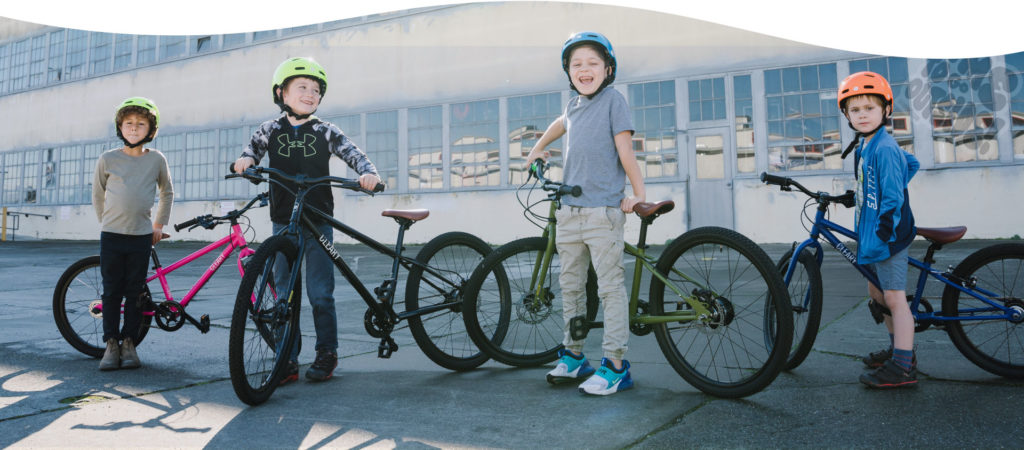
Sale on sale! Use code NewBikeDay to save an additional 15%
During sale periods, please allow up to 7 business days for order processing and shipping.
Sale dates:
Tuesday August 23 – Tuesday August 30 (midnight PST)
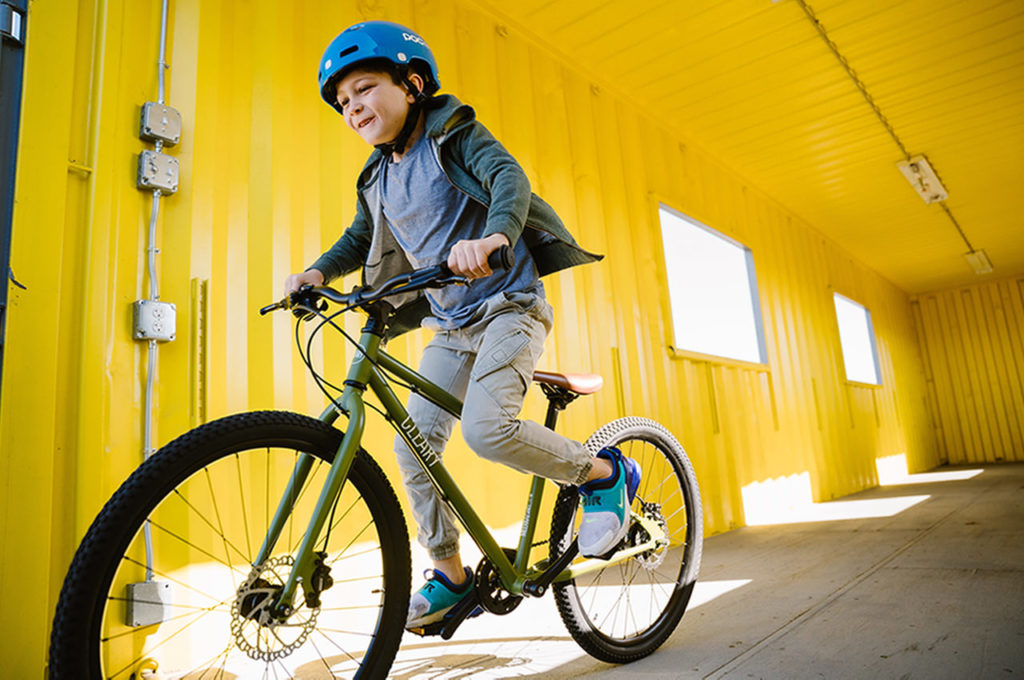
Back to school on our best-selling , do-it-all 24″ Meerkat. Use code
MEERKATSCHOOL
for 10% off plus a sweet Cleary water bottle and cage to keep your grade-schooler hydrated and riding.
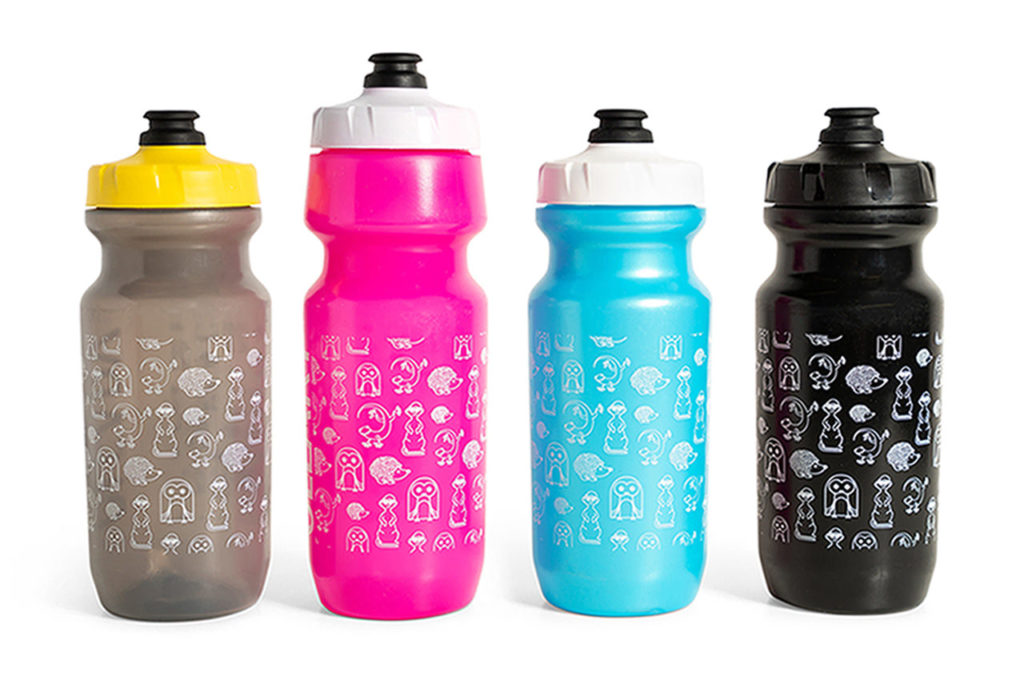
Gear while you wait. Score your rider a FREE t-shirt or jersey of your choice plus a sticker kit when you purchase a bike during the month of May.
Bike on backorder? No worries! We’ll ship your swag right away to get the excitement train rolling.
Select your bike and t-shirt/jersey and enter code BikeMonth2021 at checkout to redeem.
* while supplies last